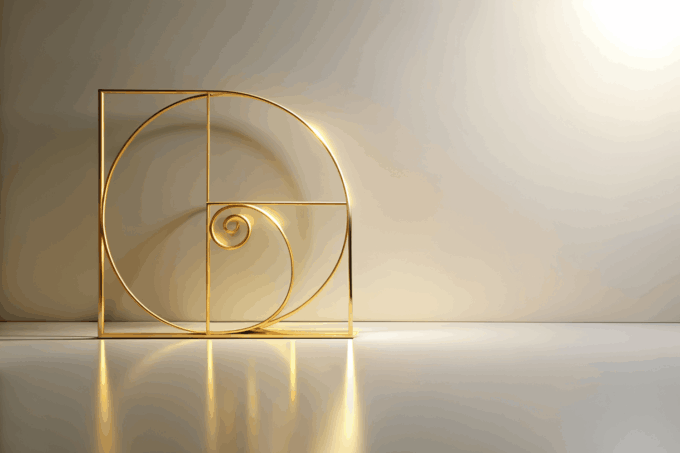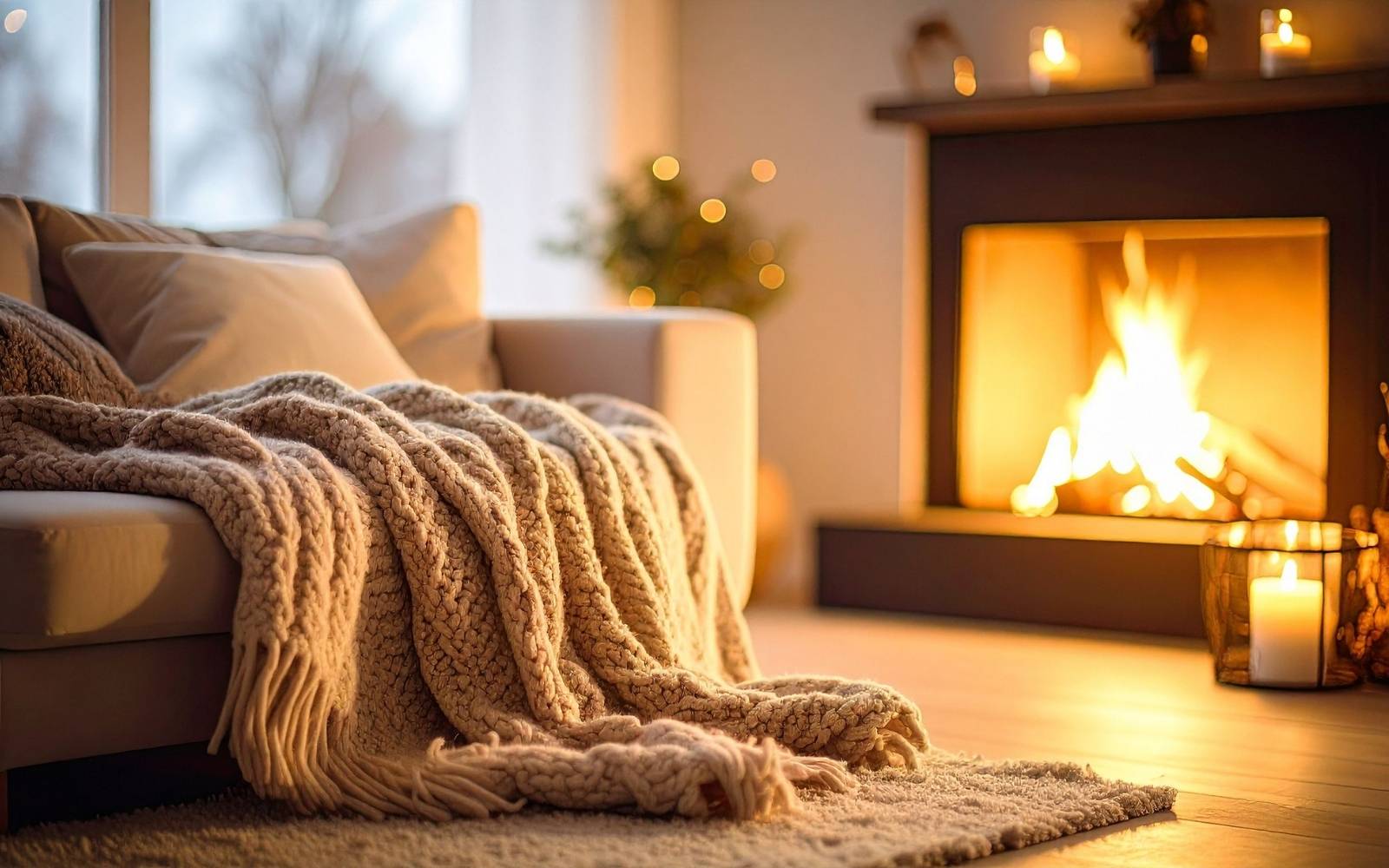- Home
- Articles
- Architectural Portfolio
- Architectral Presentation
- Inspirational Stories
- Architecture News
- Visualization
- BIM Industry
- Facade Design
- Parametric Design
- Career
- Landscape Architecture
- Construction
- Artificial Intelligence
- Sketching
- Design Softwares
- Diagrams
- Writing
- Architectural Tips
- Sustainability
- Courses
- Concept
- Technology
- History & Heritage
- Future of Architecture
- Guides & How-To
- Art & Culture
- Projects
- Interior Design
- Competitions
- Jobs
- Store
- Tools
- More
- Home
- Articles
- Architectural Portfolio
- Architectral Presentation
- Inspirational Stories
- Architecture News
- Visualization
- BIM Industry
- Facade Design
- Parametric Design
- Career
- Landscape Architecture
- Construction
- Artificial Intelligence
- Sketching
- Design Softwares
- Diagrams
- Writing
- Architectural Tips
- Sustainability
- Courses
- Concept
- Technology
- History & Heritage
- Future of Architecture
- Guides & How-To
- Art & Culture
- Projects
- Interior Design
- Competitions
- Jobs
- Store
- Tools
- More
Minimal vs. Modern Interiors: What’s the Difference?

The world of interior design is rich with diverse styles, each offering unique aesthetics and philosophies. Among these, minimalism and modernism stand out for their distinct characteristics and historical backgrounds. Though often used interchangeably, these styles have different origins and principles. This blog explores the nuances between minimal and modern interiors, shedding light on their history, defining features, and how they translate into today’s living spaces.
Table of Contents
ToggleThe Roots of Modernism
Modernism in interior design emerged in the early 20th century, blossoming out of the Modernist art movement that sought to break away from traditional forms and conventions. This movement was a response to the industrial revolution and the new age of technology, aiming to embrace simplicity, functionality, and the use of modern materials such as steel, glass, and concrete. Architects and designers like Le Corbusier, Walter Gropius, and Ludwig Mies van der Rohe were pioneers, promoting open floor plans, clean lines, and the absence of unnecessary details. The style was revolutionary, focusing on how spaces could be used most efficiently while celebrating technological advances.

The Emergence of Minimalism
Minimalism, on the other hand, found its footing in the art world of the late 1950s and early 1960s, before making its way into the realms of fashion, lifestyle, and interior design. It was characterized by an even greater emphasis on simplicity, with a focus on the idea of ‘less is more.’ Minimalism is not just an aesthetic choice but a philosophy that encourages introspection about what is essential and what brings value to one’s life. In interiors, this translates to sparse furnishings, a monochromatic color palette, and a decluttered space that prioritizes functionality and emphasizes the intrinsic beauty of each component.
Distinguishing Features
While both modern and minimal interiors celebrate simplicity and clean lines, several key differences distinguish them:
- Color and Texture: Modern interiors often incorporate a broader palette, including neutrals, bold colors, and patterns, to highlight the design’s functionality. In contrast, minimalism sticks to a more monochromatic scheme, focusing on whites, beiges, and greys to create a serene and tranquil environment.
- Furniture and Decor: Modern design embraces comfortable, functional furniture with a nod to industrial materials and geometric forms. Meanwhile, minimalist spaces contain only the essentials, with each piece selected for its form, function, and the harmony it brings to the space. Decorations in minimalism are extremely restrained, if present at all.
- Space and Form: Modernism utilizes open spaces but often fills them with functional elements and focal points. Minimalist spaces, however, are more about the absence, allowing the available space itself to become a key component of the design. The architecture in minimalist interiors often features simple, but bold forms to make a statement.
Modern Minimalism: A Fusion Trend
The modern interior design movement, born from the early 20th-century modernist ethos, emphasizes functionality, open spaces, and the thoughtful use of modern materials. It represents a break from the past, focusing on living in a way that suits the new industrial age, with a keen interest in technological advancements and making design accessible to the masses.
Minimalism, while sharing the modernist penchant for simplicity and functionality, pushes the envelope further by advocating for a lifestyle of reduction and essentialism. This style emphasizes the emotional clarity and tranquility that can be achieved by stripping away the non-essential, both physically and metaphorically. In minimal interiors, the space itself, along with light, form, and material, plays a crucial role, often resulting in environments that are serene, contemplative, and intensely personal.

The differences between these two approaches are evident in their execution. Modern interiors may incorporate a wider array of colors, textures, and materials, including bold accents and patterns, to create spaces that are visually engaging and functional. Furniture and decor in modern settings are selected for comfort and aesthetic appeal, often featuring iconic designs that have stood the test of time.
The ongoing dialogue between minimal and modern design philosophies continues to inspire new interpretations and evolutions in interior design. This conversation reflects our changing relationship with our environments, technology, and the quest for meaning in our material world. As we move forward, the choice between minimalism and modernism may not be an either/or proposition but a spectrum where individuals can find their own balance, reflecting personal values, aesthetics, and lifestyle needs.
Ultimately, whether one leans towards the clean, architectural lines of minimalism or the functional, expressive forms of modernism, the key lies in creating spaces that resonate on a personal level. Both styles offer rich possibilities for exploration and expression, allowing us to craft interiors that are not only aesthetically pleasing but also deeply connected to our way of living and being in the world.

Submit your architectural projects
Follow these steps for submission your project. Submission FormLatest Posts
Latest Interior Design Styles Sweeping the USA in 2026
Interior design trends in the USA for 2026 reflect a shift toward...
9 Innovative Concepts Shaping Interior Design in USA
Interior design in the United States is shifting toward spaces that prioritize...
Interior Design Tips for Creating Timeless and Functional Living Spaces
There’s something magical about walking into a home that just works. Not...
Fireplace Design Trends for 2026: Materials, Technology, and Form
In 2026, fireplaces have evolved into architectural focal points that shape atmosphere,...












Leave a comment